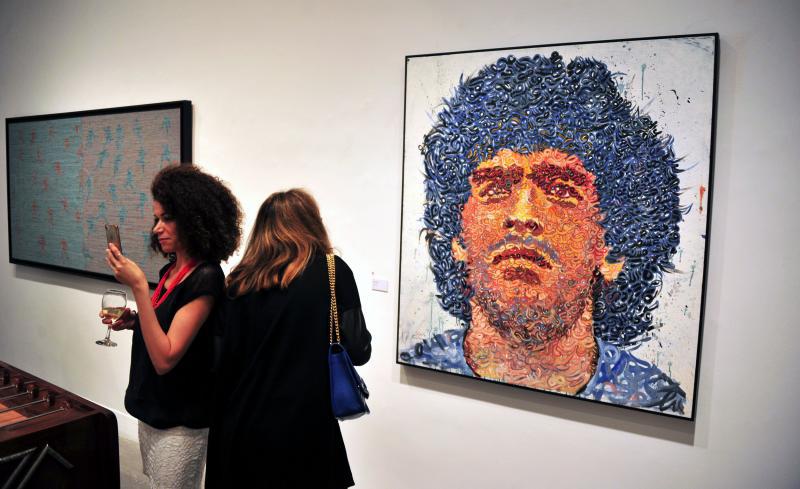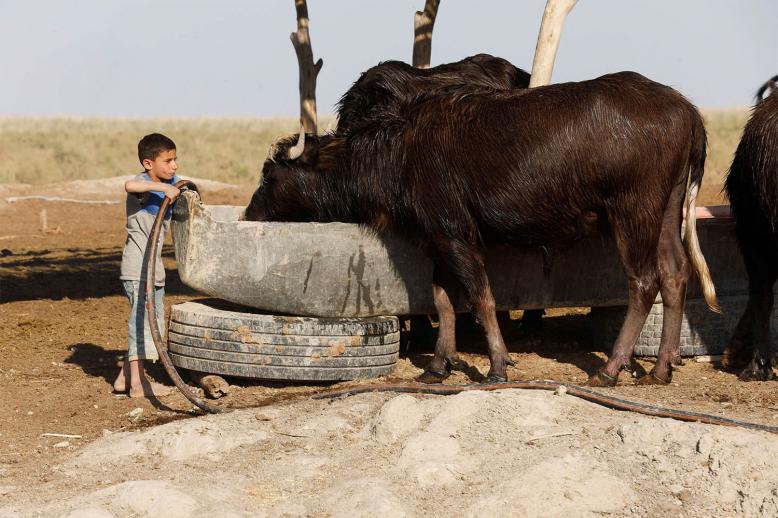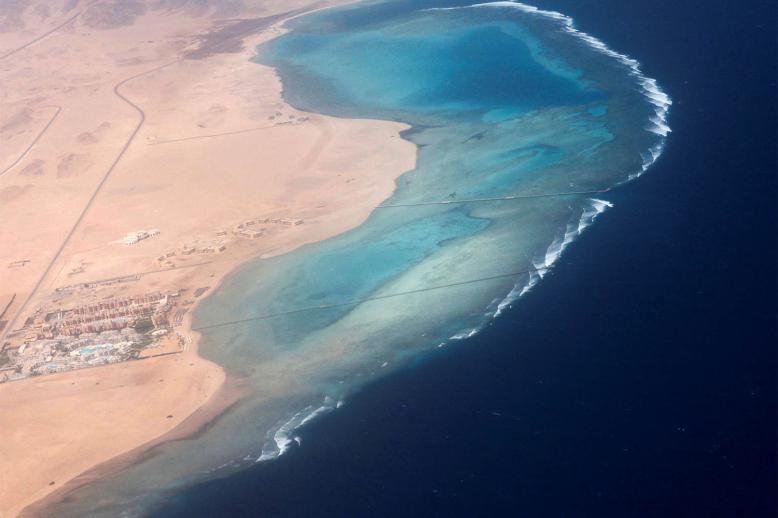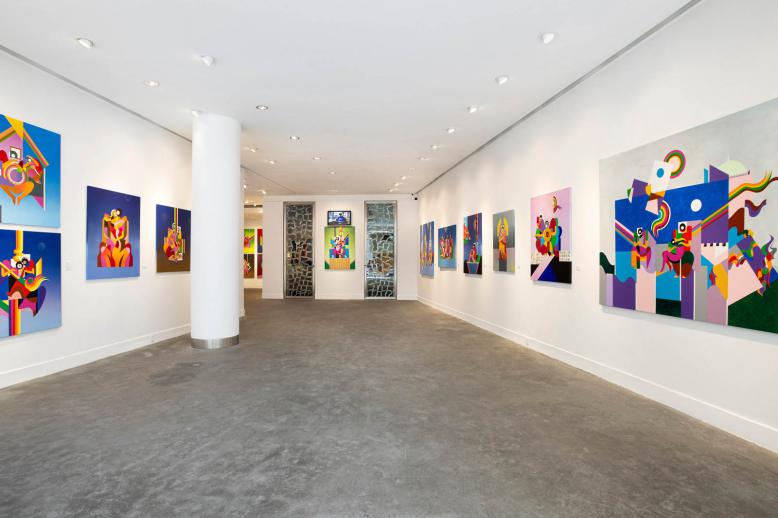Moroccan artists showcase their talent at ‘Art et Football’ exhibition
CASABLANCA - Moroccan artists are showcasing their football-related artworks at L’Atelier 21. The collective exhibition is the first of its kind in Morocco seeking to confront visual arts with football, a sport full of passion and drama.
The football theme has been the subject of several international exhibitions but it remained unexploited in Morocco until the L’Atelier 21’s “Art et Football,” which was organised to run at the same time as the FIFA World Cup in Russia. The exhibition runs through August 6.
Nearly 40 artworks, which depict different themes around football such as iconic players and supporters, include paintings, drawings, photographs and sculptures. Each of the 20 artists’ work reflects their temperament, aesthetic approach and knowledge of the world’s most popular sport.
The artists involved are: Youness Atbane, Saad Ben Cheffaj, M’Barek Bouhchichi, Mustapha Boujemaoui, Hassan Darsi, Mohamed El Baz, Bouchta El Hayani, Nabil El Makhloufi, Safaa Erruas, Mohamed Fariji, Simohammed Fettaka, Hassan Hajjaj, Chourouk Hriech, Majida Khattari, Fouad Maazouz, Najia Mehadji, Houssein Miloudi, Lamia Naji, Abdelkebir Rabi’ and Zakaria Ramhani.
Atbane’s “Phoot, les analystes” made his artworks from his analysis of the world of football, its rules, codes, language and its certainties. He questions the states of belief in referees who, by their judgment, try to match the actions of the players with a series of rules to appreciate the validity.
In “Jardins des Princes” (“Gardens of the Princes”), Boujemaoui seized the theme with the desire to play with the subject. He used the principle of the repetition of the motif and forms to transcend his work.
He created a dynamic by making elements of the surface of the canvas appear or disappear that the viewers feel visually. The motive of the football player is spread over the canvas in a regular rhythm and highlighted by the contrast of red and green that reflect the colours of the Moroccan flag.
“As you can see, the composition looks like a TV screen. In the same time, the subject chosen pushes artists to dive into the intrinsic thoughts of creating their artworks,” said Boujemaoui.
Makhloufi’s paintings take the viewers to a universe parallel to the reality. With “Footouche,” the artist painted a still life of a pair of traditional Moroccan slippers that are fitted with crampons of football boots. He combined the representations between the West and the East and modified the real to evoke a certain interculturality that football allows by transcending borders, nations and cultures.
“‘Footouche’ is a word game that combines both football and babouche (slipper). Football is deeply rooted in Moroccans’ mind like their traditions. It also reflects a bit of humour,” said Makhloufi.
As for the “Team” painting, Makhloufi used a photograph of the Moroccan national football team players on the field during the last qualifying match for the 2018 World Cup. He converted the image into a silent scene in which time seems to be suspended far from euphoria in the streets across the cities of the North African kingdom. The players’ bodies were painted in such a way as to become one. The painting evokes the team spirit that characterised the players and the popular rally after the victory on a vaporous background.
“My goal was to treat the spirit of the group, a priceless moment while reducing the colours,” said Makhloufi.
Other artworks that drew visitors’ attention were Ramhani’s “Mano de Dios” and Rabi’s “La Perla Negra.”
“Mano de Dios” (“Hand of God”) portrait depicts the face of the international football legend Diego Maradona. It refers to the Argentine player’s famous sentence when he scored a goal with his hand against England in 1986, saying it was “the hand of God.”
Maradona’s portrait was drawn with calligraphy; the Arabic words “hand” and “God” could be visibly seen throughout the player’s face and hair.
A towering portrait of Moroccan football player Larbi Benbarek, who was called “la Perla Negra” (“the Black Pearl”), stands tall at the exhibition. Rabi’ paid a posthumous tribute to Benbarek, who left his hallmarks in the international football arena in the 1940s and 1950s. Rabi’s charcoal-drawn portrait is a work with subjective connotations.
Saad Guerraoui is a regular contributor to The Arab Weekly on Maghreb issues.
This article was originally published in The Arab Weekly.






